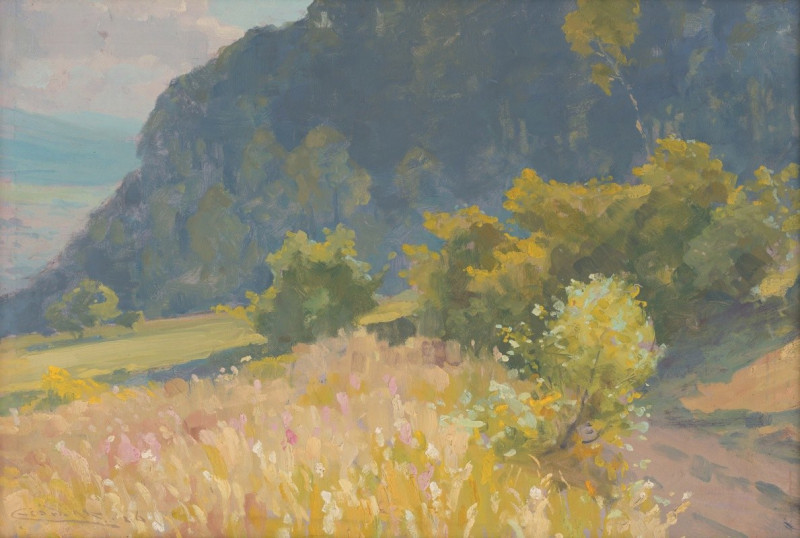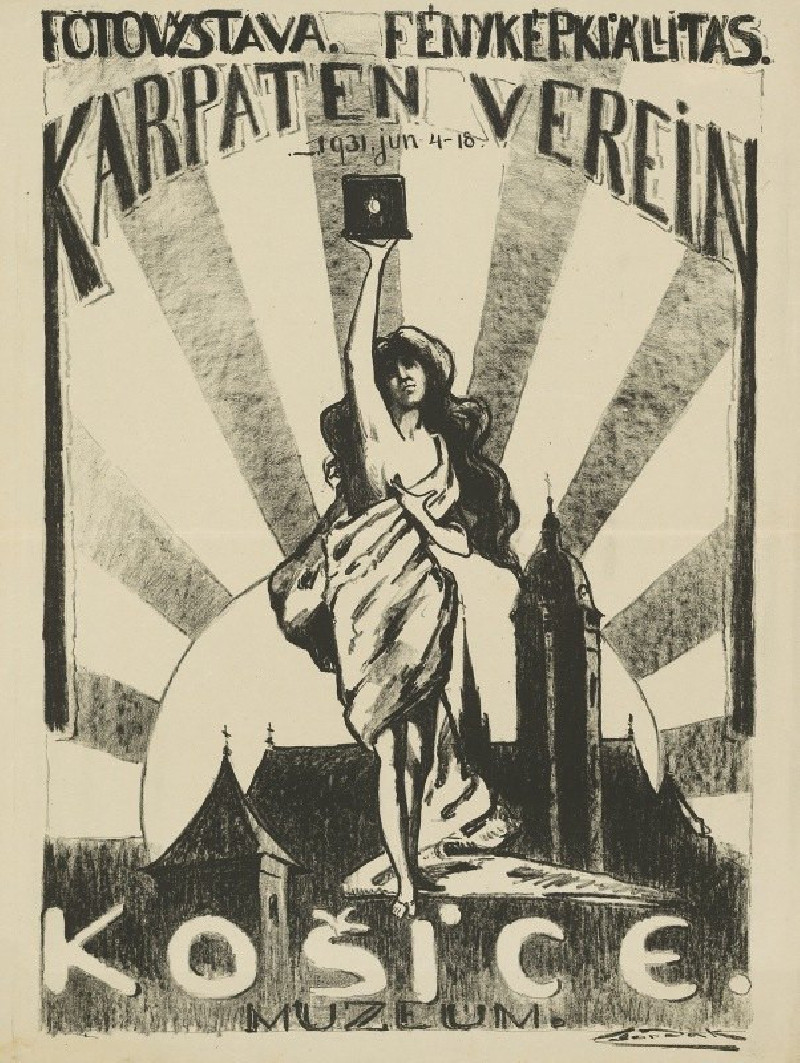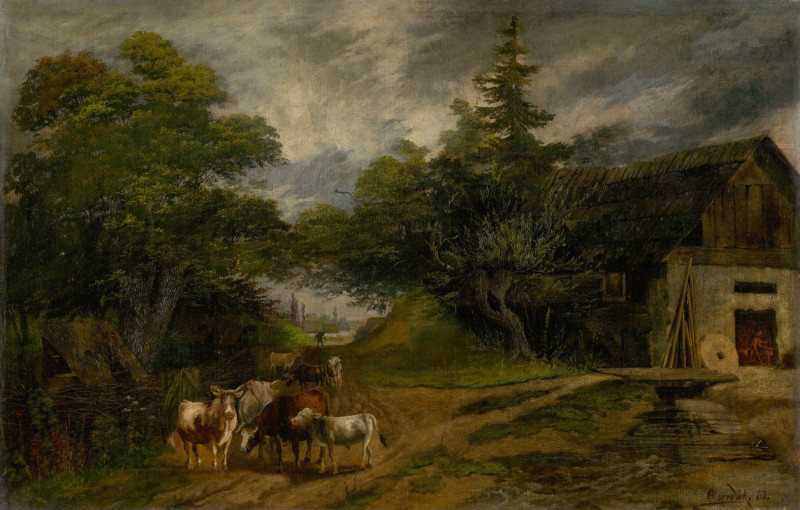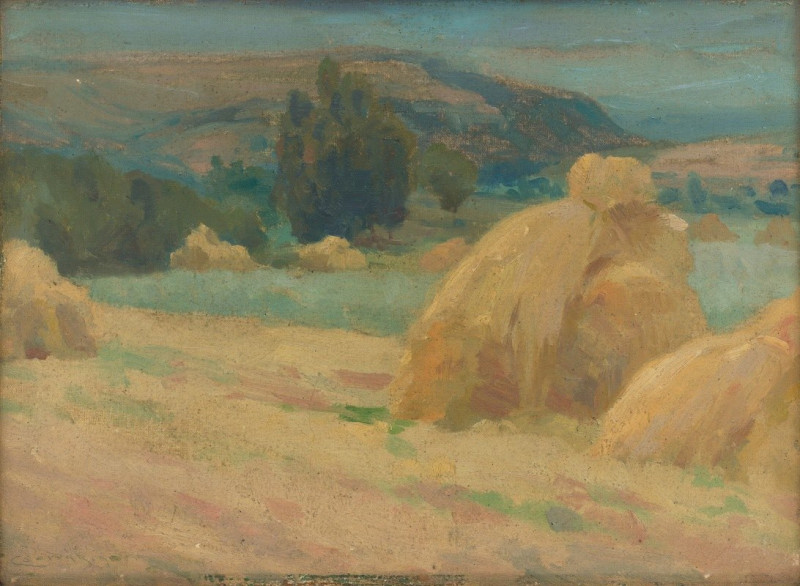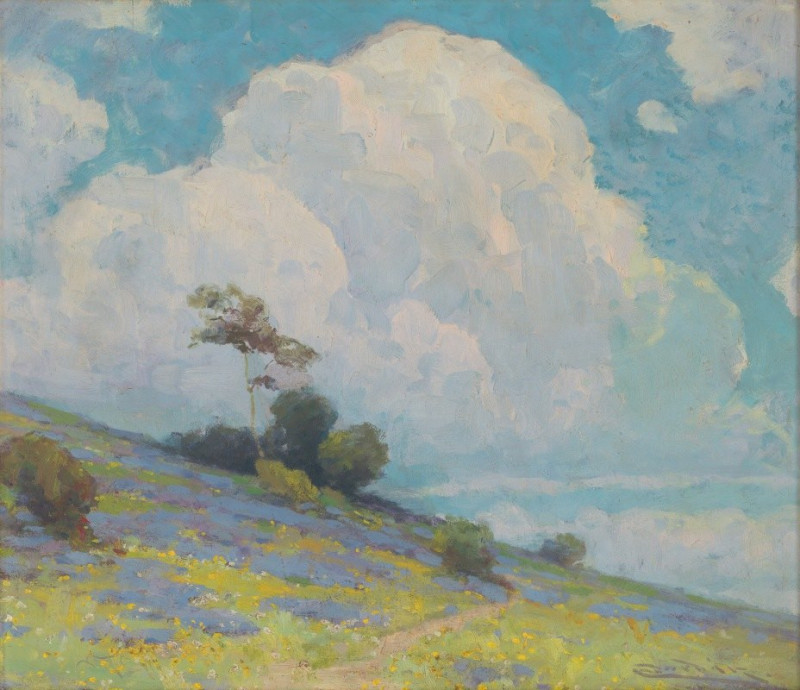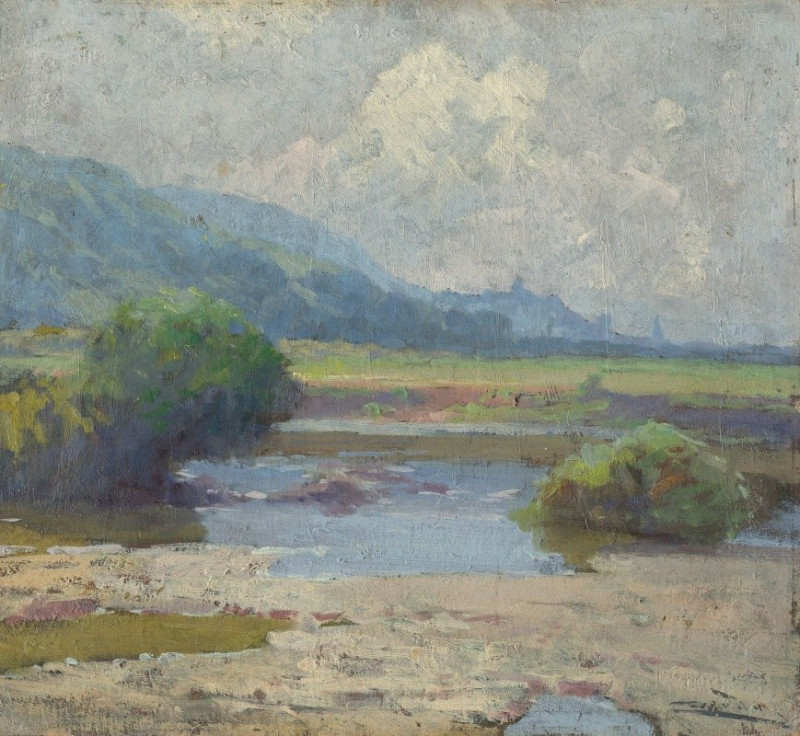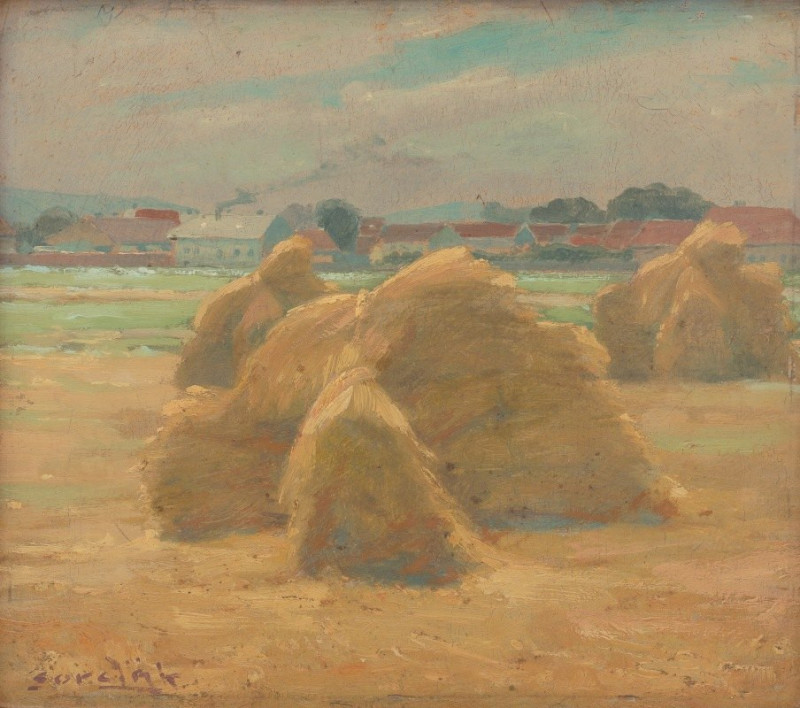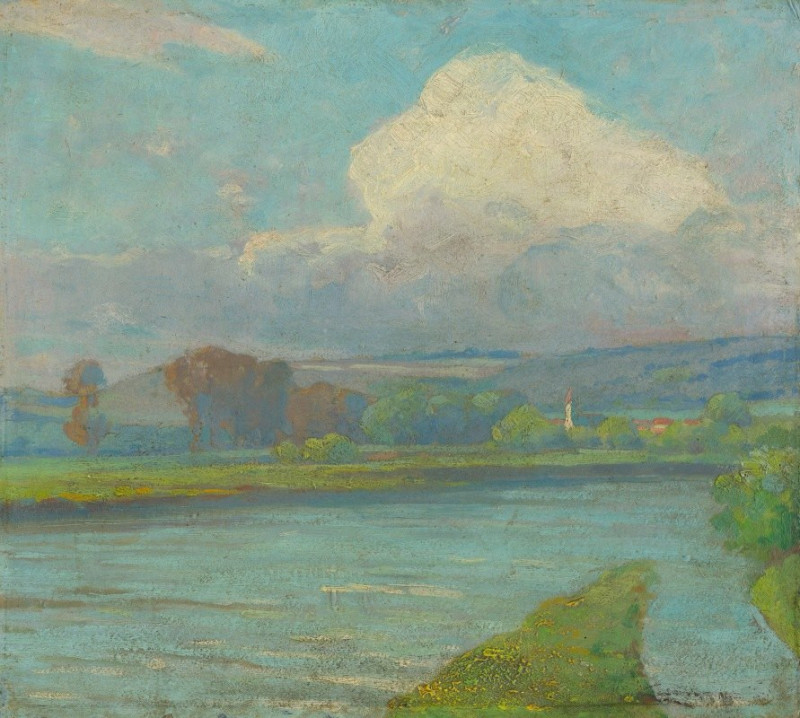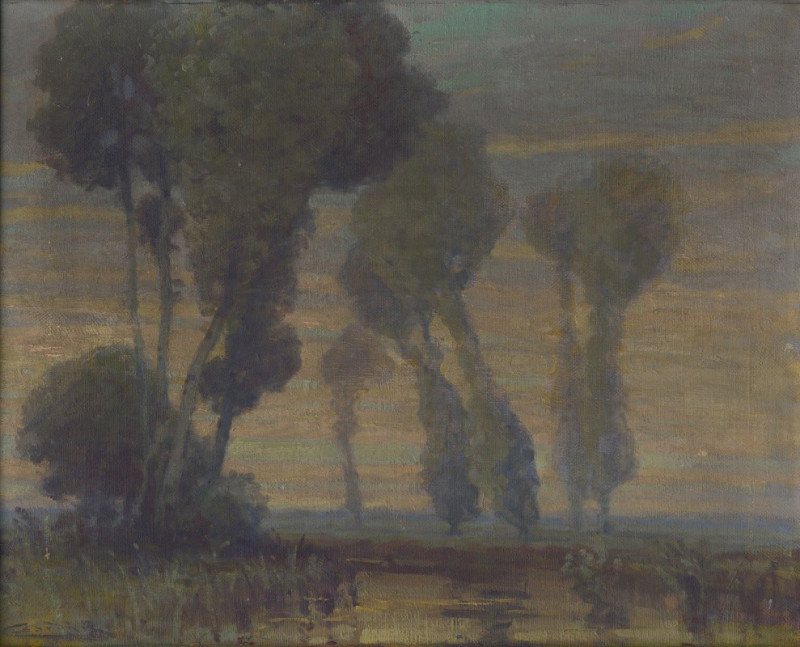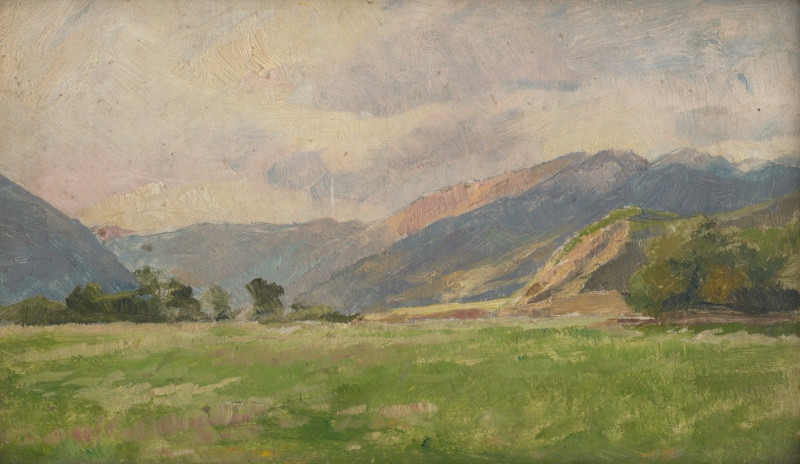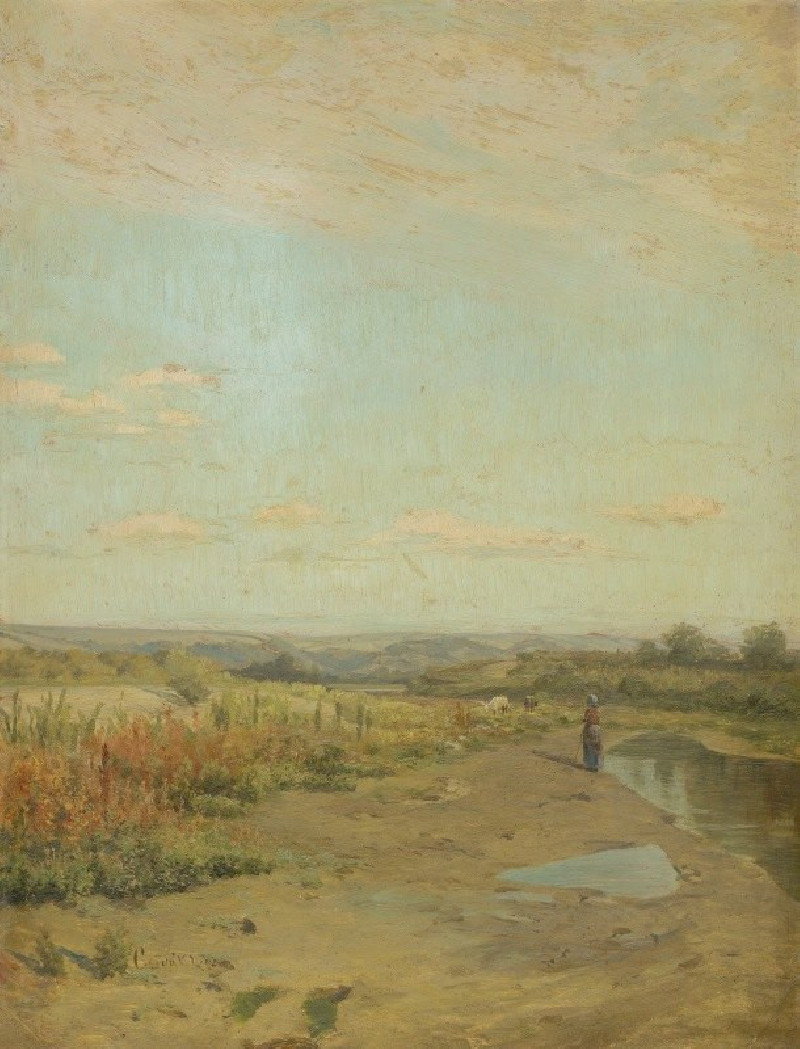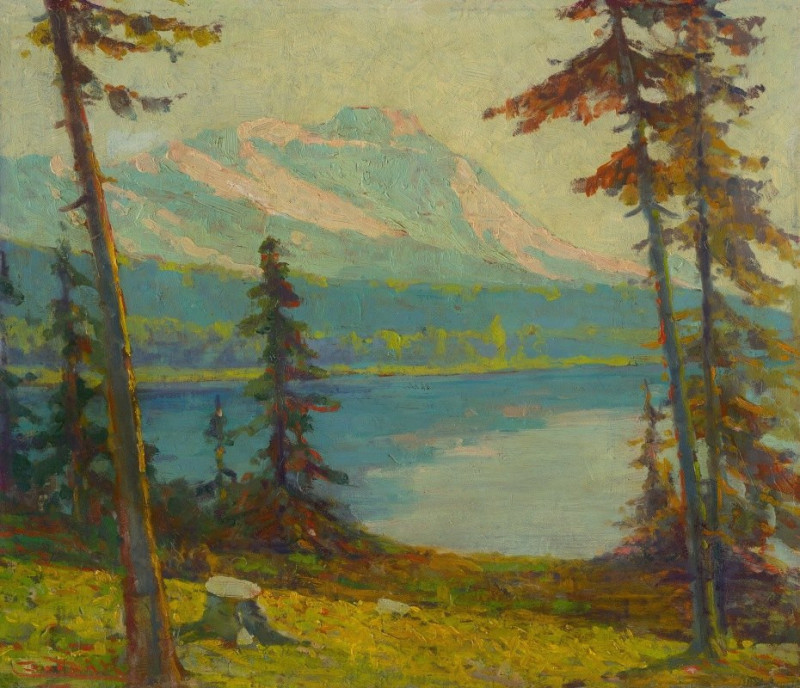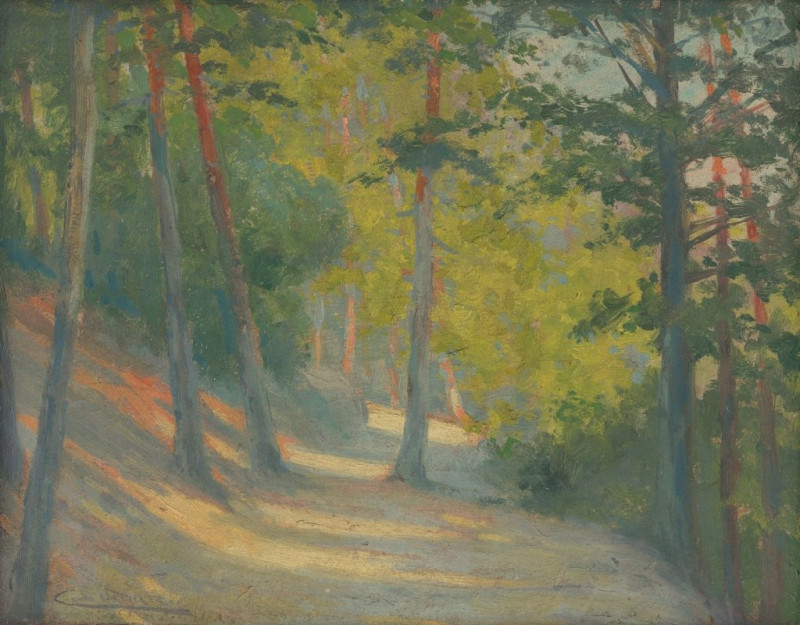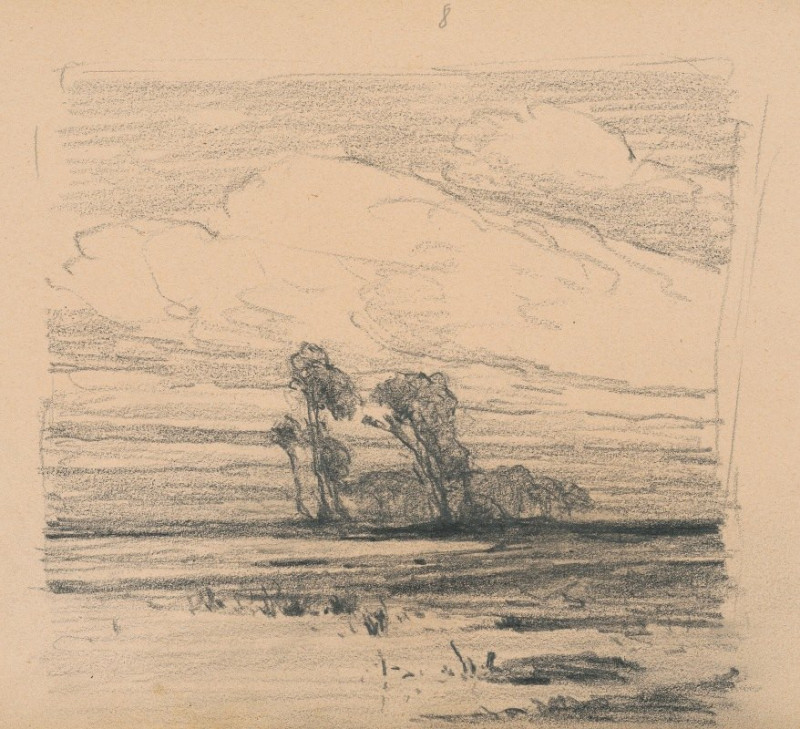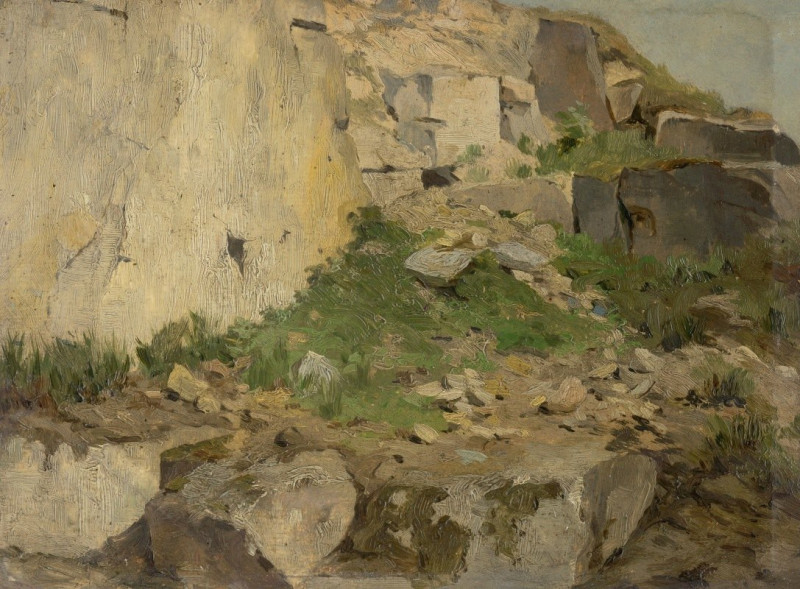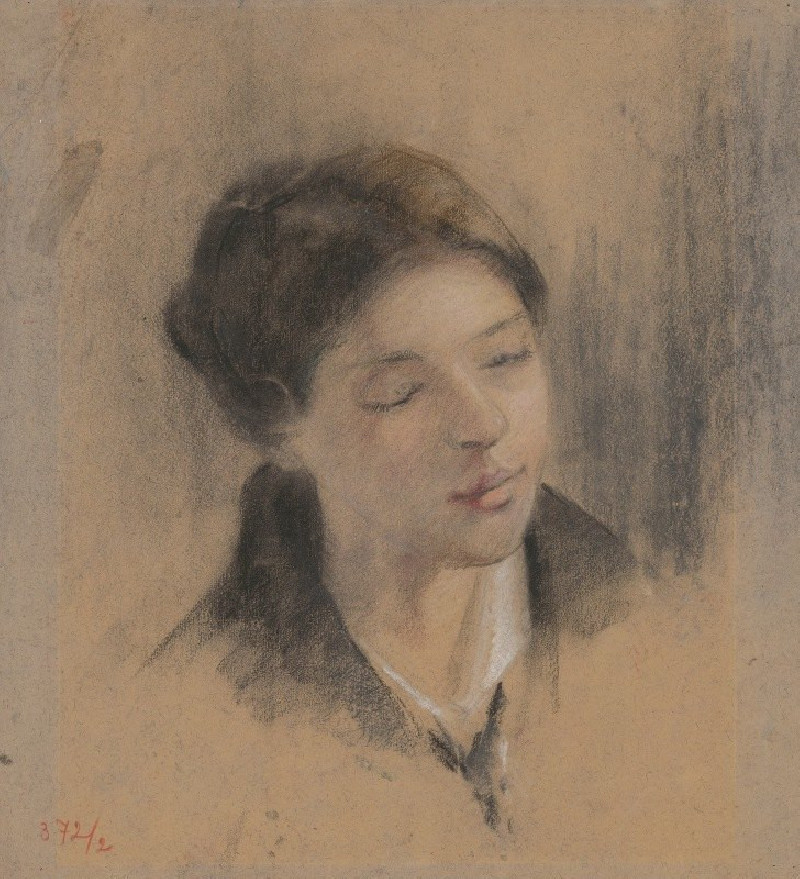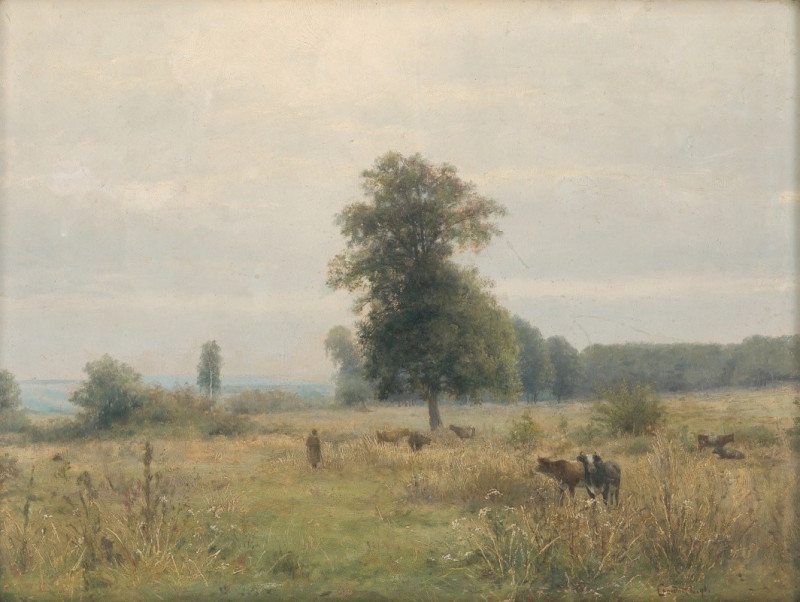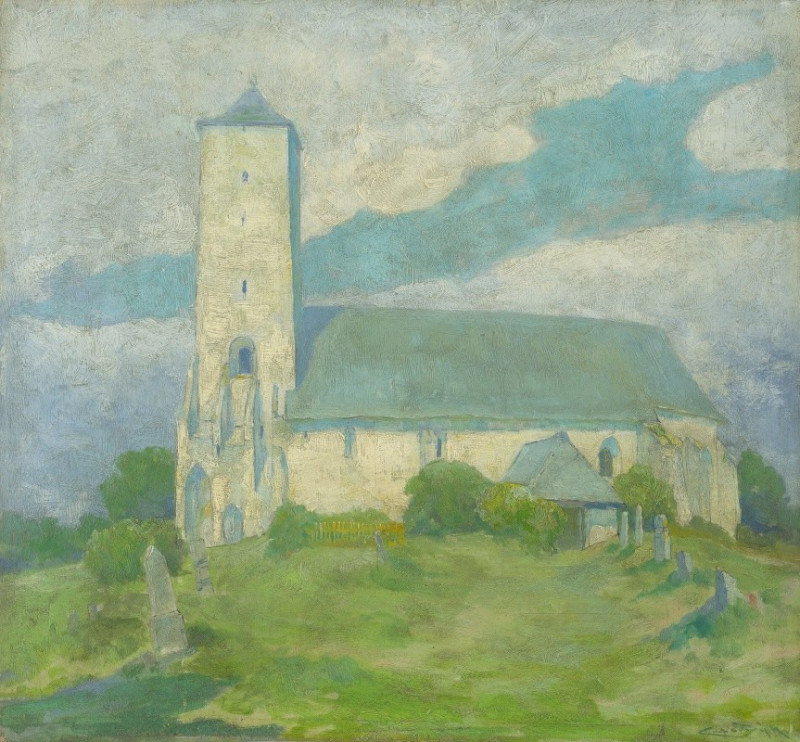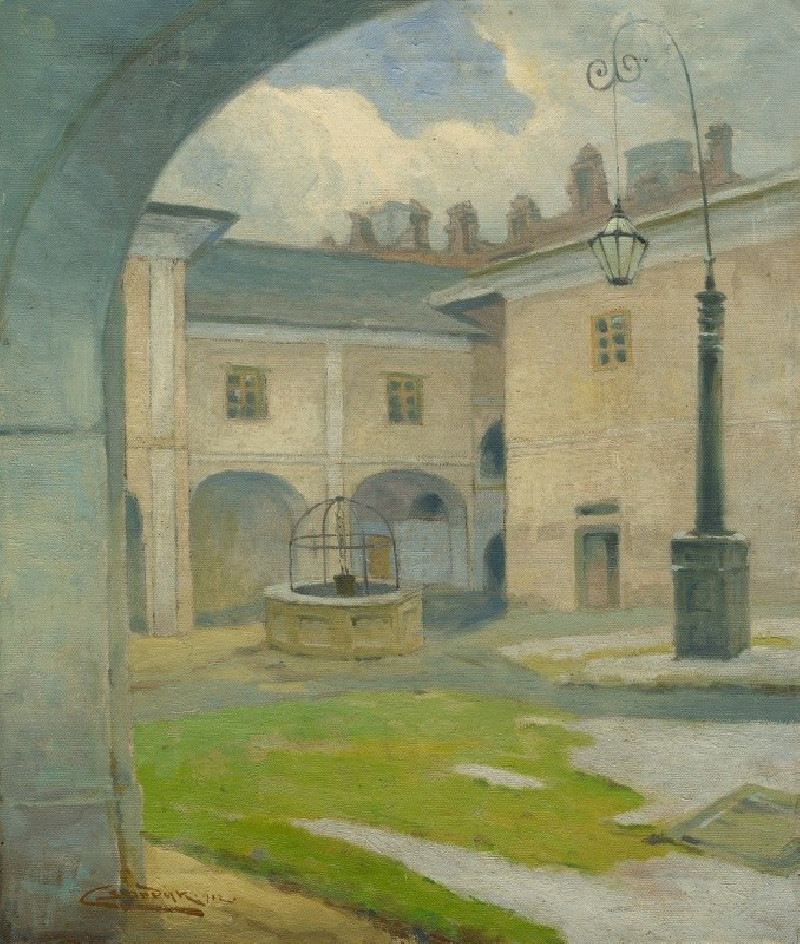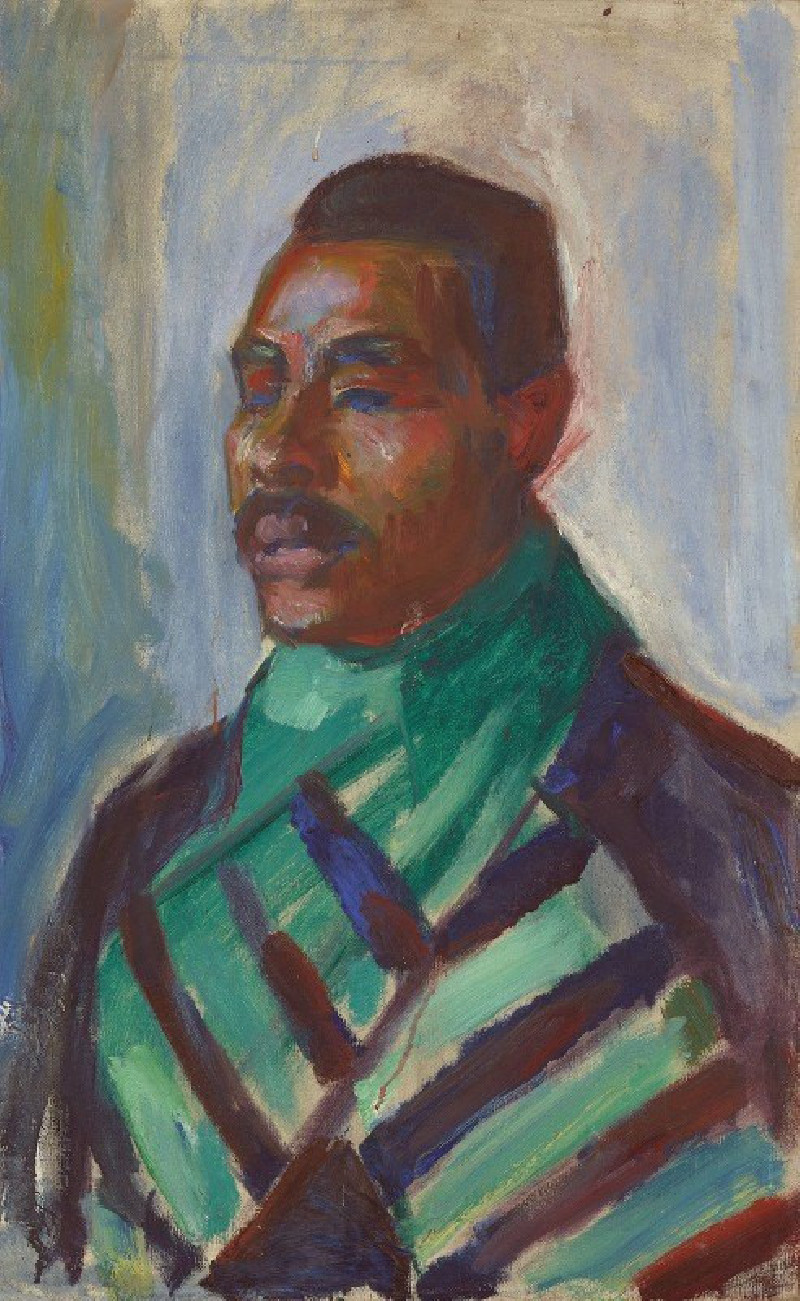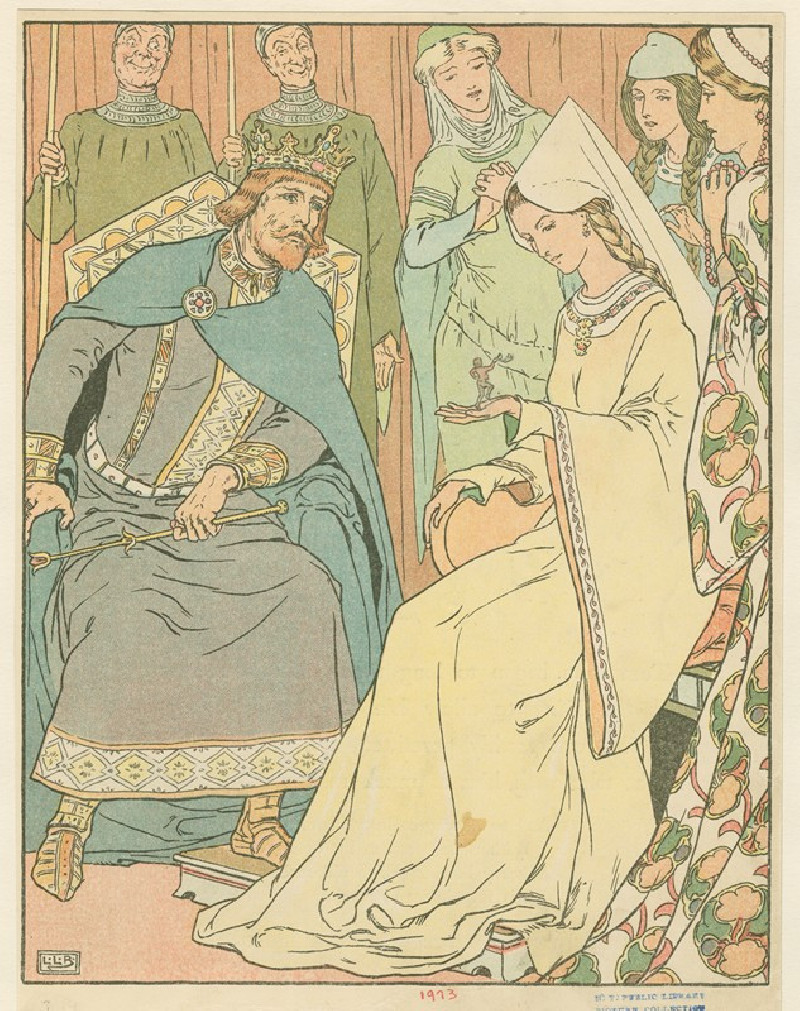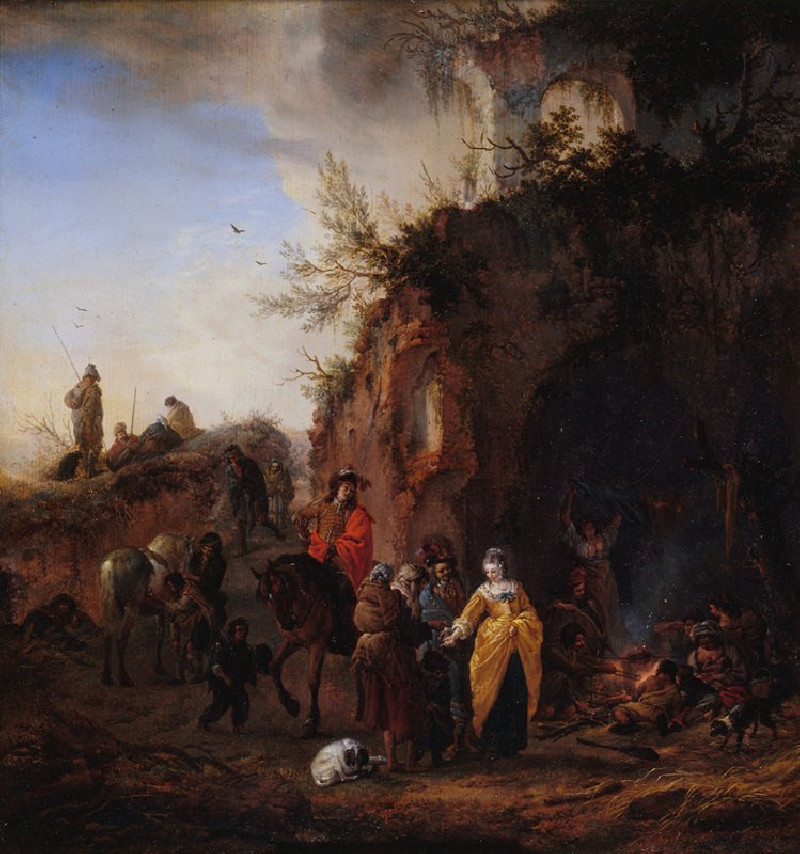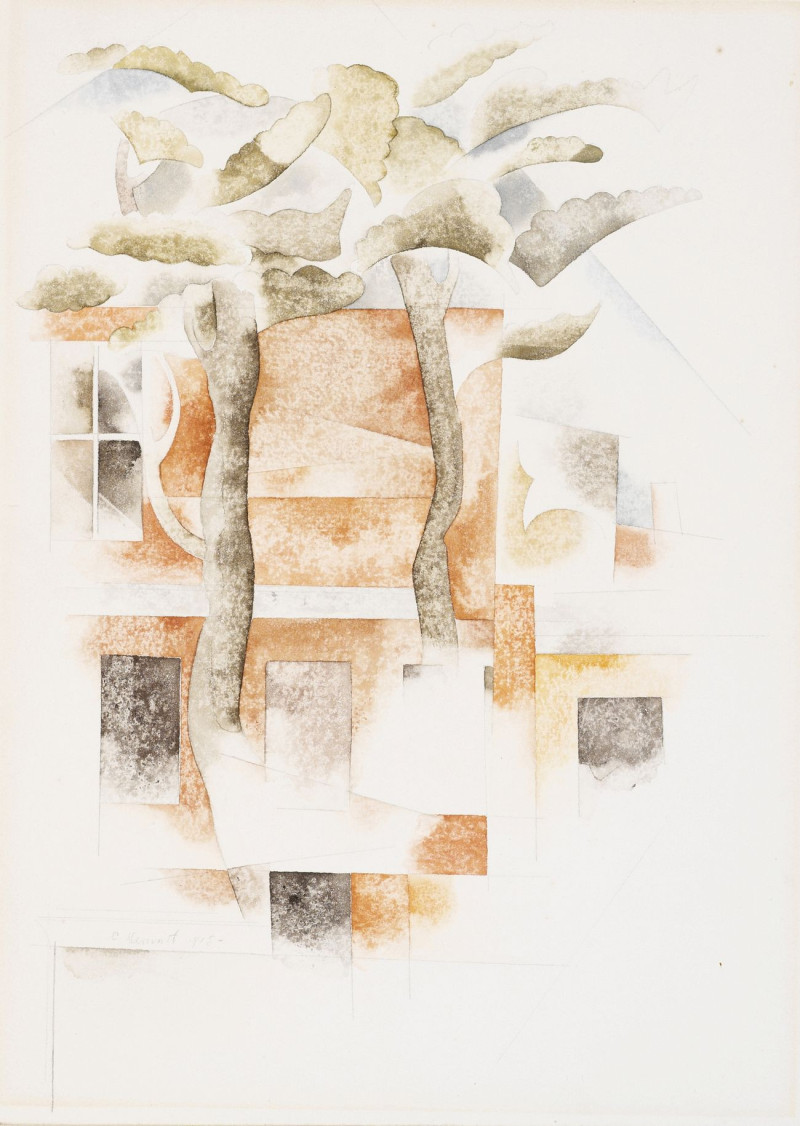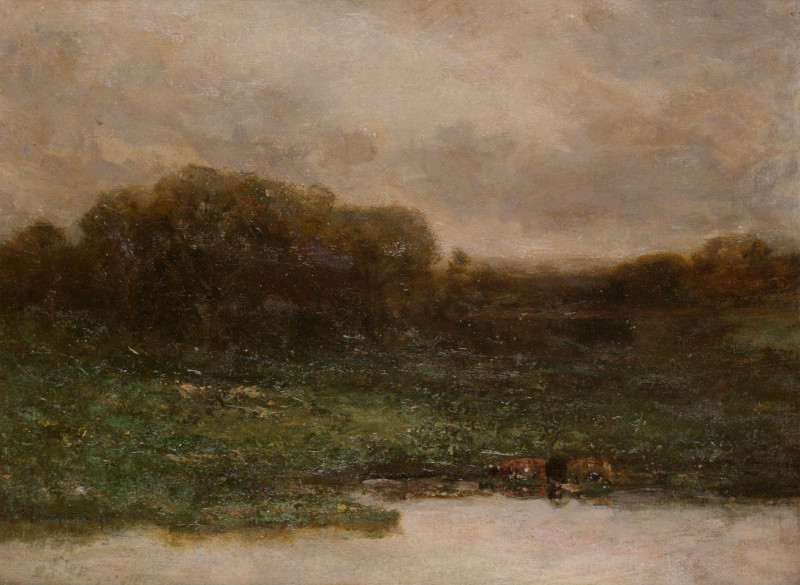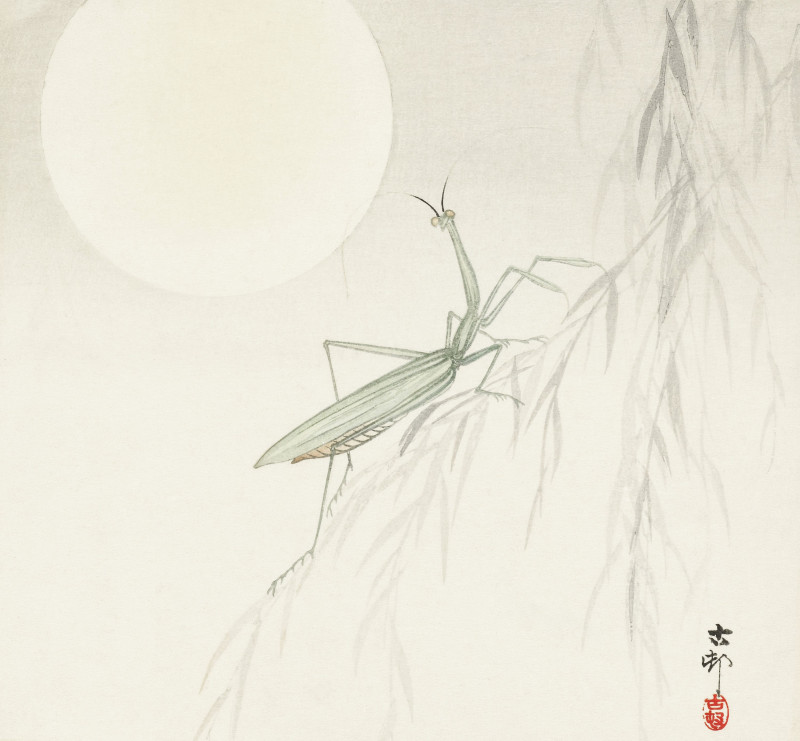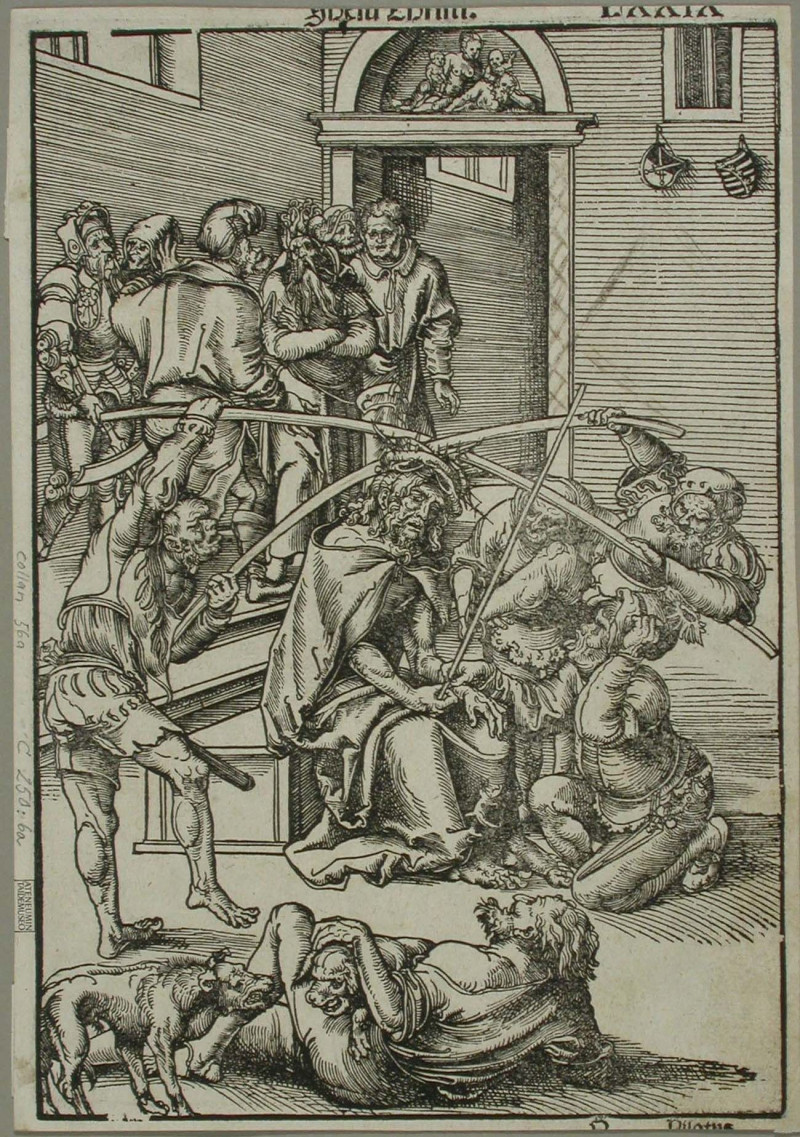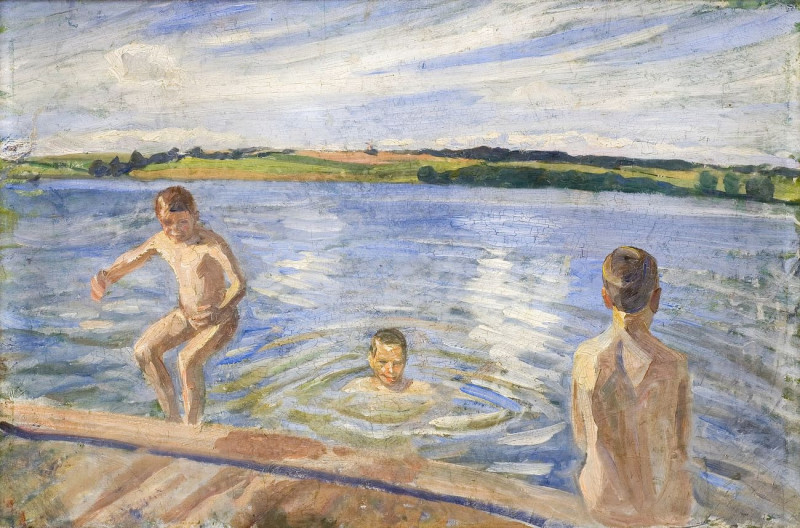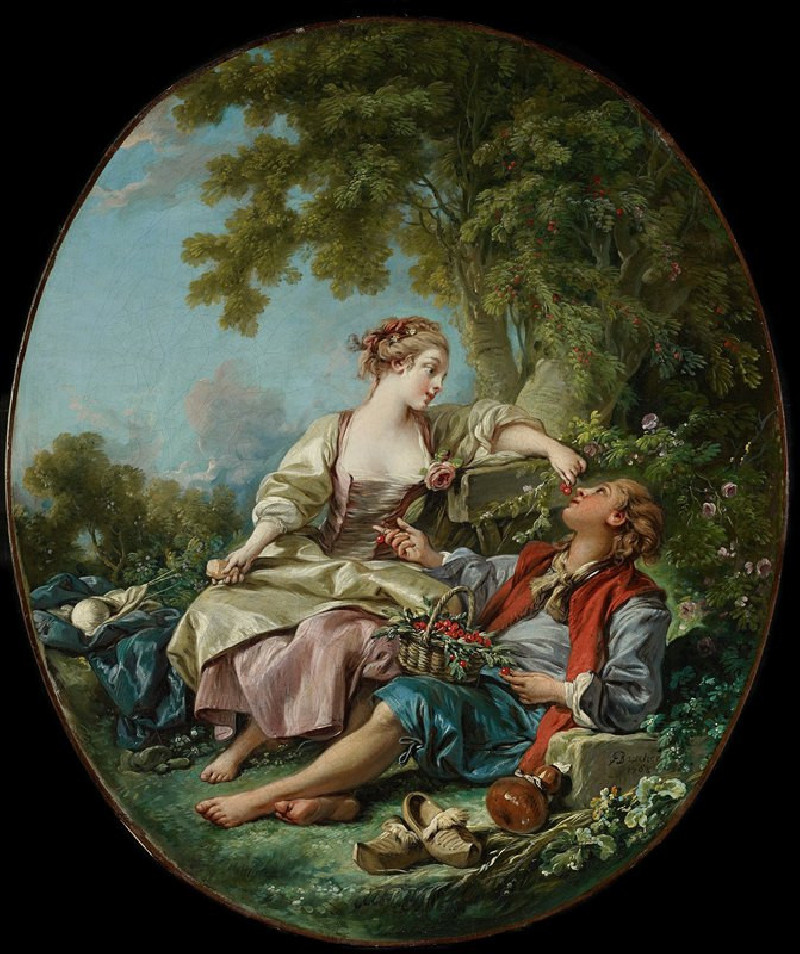Landscape (1926)
Technique: Giclée quality print
Recommended by our customers
More about this artwork
"Landscape (1926)" by Ľudovít Čordák captures the serene and evocative beauty of nature through its splendid use of color and dynamic brushwork. Dominated by the interplay of light and shadow, this painting features a massive hillside that looms in the background, its surface textured with lush greens and deep blues that suggest the density of a forested area. In the foreground, a blooming meadow stretches invitingly, bursting with touches of white, yellow, and soft lavender, suggesting wildflowers that sway gently in an unseen breeze.The landscape is rendered with a sense of immediacy and fluidity typical of Čordák’s style, which often blends elements of impressionism with a distinctly pastoral sensibility. The interaction of natural elements, enhanced by visible and expressive brush strokes, evokes not just the visual charm of the scene, but also its tranquility and the freshness of the countryside air.
Delivery
Returns
Ludwig Deutsch was an Austrian painter who settled in Paris and became a noted Orientalist artist.
Details of Ludwig Deutsch's life are obscure. He was born in Vienna in 1855 into a well-established Jewish family. His father Ignaz Deutsch was a financier at the Austrian court. He studied at the Vienna Academy of Fine Arts 1872–1875, then, in 1878, moved to Paris where he became strongly associated with Orientalism.

